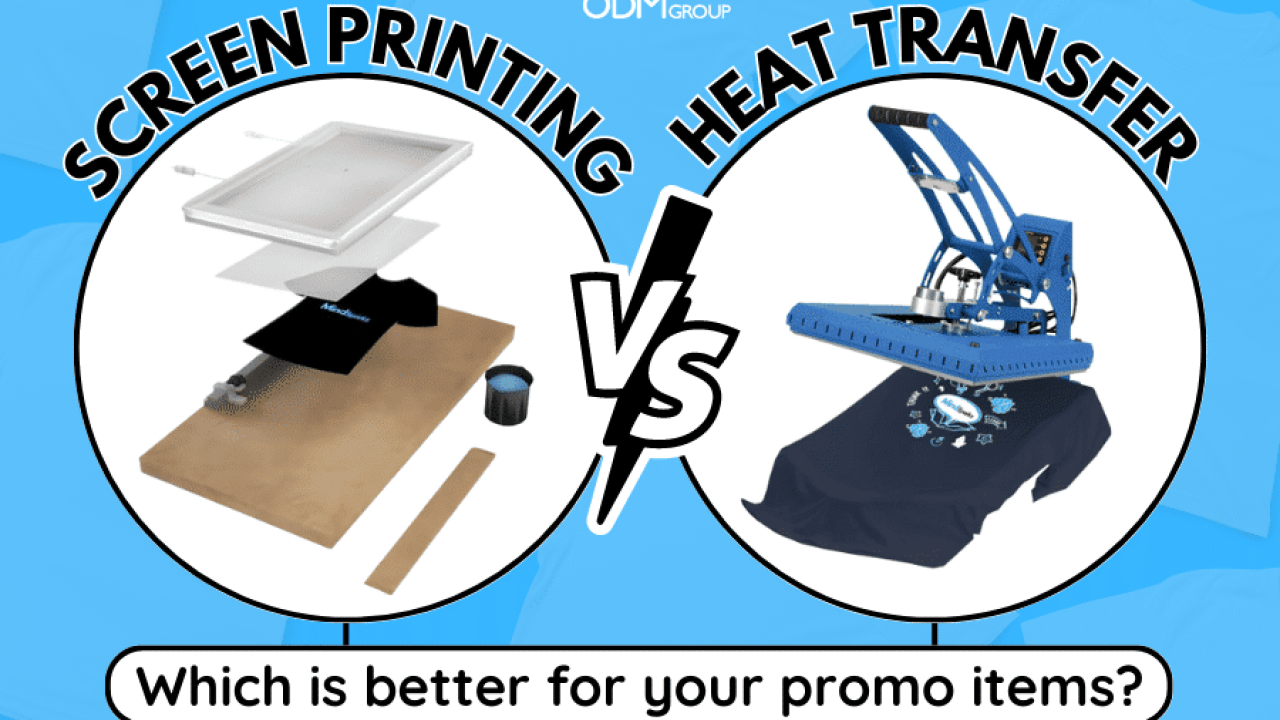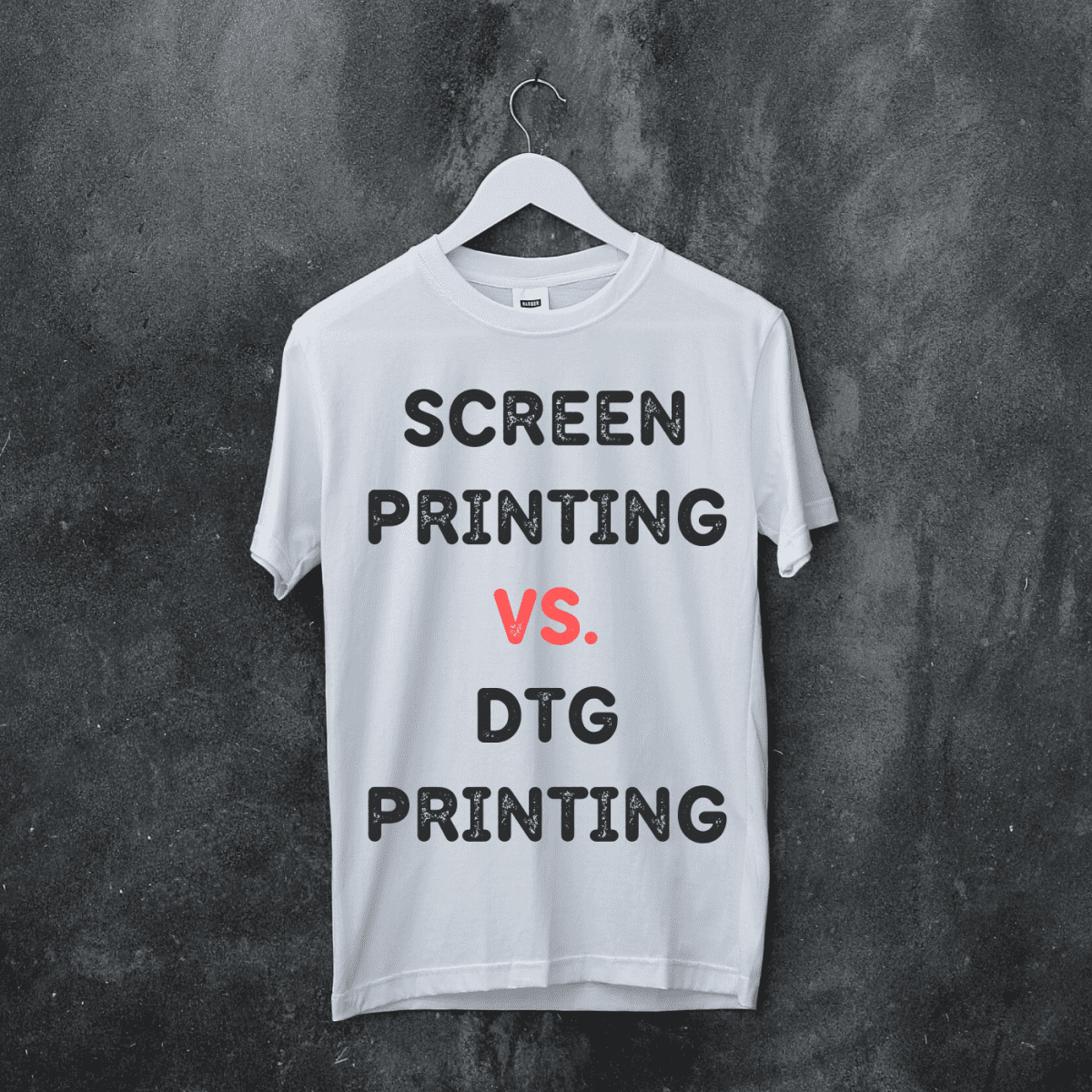10 Simple Techniques For Tx Tees
10 Simple Techniques For Tx Tees
Blog Article
All about Tx Tees
Table of ContentsTx Tees Fundamentals ExplainedA Biased View of Tx TeesThe Of Tx TeesOur Tx Tees IdeasGetting The Tx Tees To WorkThe 7-Second Trick For Tx TeesThe smart Trick of Tx Tees That Nobody is Discussing
Add up various other costs, like the number of utilities it takes to run the store and the cost of ink and emulsion per layout. Take the print listed below.The solution ought to just be a couple of cents since you 'd just require to layer one screen for this task. How much should you charge per t-shirt to make an earnings? Normally, printers try to make up to 45% earnings on a print work. Here's a table to help you figure out that: complete price per item percent of desired profit as a decimal (example:.25 or.45) revenue made per product per task Now let's speak about the profitability of DTF.

With DTF, you can publish a handful of shirts, or just one. Both screen printing and DTF have their particular niches in the world.
See This Report on Tx Tees
The ideal method to recognize? Ask about and see what print shops like yours are doing. custom t-shirt design. Attempt both out and see which you like better
When you're selecting what kind of printing method to utilize for publishing your art work layouts on your garments, it is essential that you understand the distinctions in between these 2 strategies so you can maximize results while lessening expenses. Screen printing is one of the most commonly used technique for printing layouts on textiles.
DTG printing is also referred to as area or direct to garment printing due to the fact that it publishes just what is required rather than making a display as display printers do. https://tx-tees.webflow.io/. Screen printing works by display filler squeegee screen printing ink display mesh screen, after that transferring the photo to garment utilizing warmth and/or pressure
The DTG printer uses unique dye-sublimation inks that are used into a pre-designed image by an electronic printing system. The inks enter into the material, enabling lively colors and phenomenal detail. It's additionally known as area or direct to garment printing due to the fact that it prints just what is required instead of making a screen as screen printers do.
The Definitive Guide for Tx Tees
Initially, it's much faster - you can print a fullcolor image in minutes, instead of hours for display printing. Second, there's no established up time or costs included - you can print any type of layout you such as, without having to develop a display. Third, there's no waste - because screen printers screen print one design at a time, they need to screen each shade separately.
The paper is extremely expensive and can just be used as soon as. Once it's published on, it needs to be disposed of. - The first acquisition price is reduced than the upfront investment of DTG printers- You can publish multi-color layouts one screen at a time as opposed to needing to publish each color individually like DTG printing.

A Biased View of Tx Tees
However, rather than making use of screen mesh as screen printers do, dye sublimation printers utilize laser technology to move your images onto garments or paper. A warm process transfers the color from its solid-state directly right into the gas phase which in turn merges it onto material substrates when they are rapidly warmed to heats under high pressure.
Sublimation printing is environment-friendly. It makes use of much less water than screenprinting, and because it does not involve making use of hazardous solvents, it's safe for all kinds of clothing. The dye sublimation inks are additionally odor-free when treated, unlike screen printers that make use of dangerous chemicals during the display printing procedure that leave behind an unpleasant smell.
They likewise conserve money on pricey equipment like exposure systems since dye sublimation printers don't require a UV exposure unit or a flash cure oven that is usually used in display printing (custom t-shirt design). What is direct to garment printing (DTG Printing)? DTG printing is an electronic screenprinting process that prints straight onto textile utilizing specialized inkjet printers
9 Simple Techniques For Tx Tees
DTG printing supplies several advantages over standard screenprinting, including the capacity to print photo high quality images, better color vibrancy, and the capacity to publish styles on darker textiles. DTG printers function by heating up the fabric ink until it transforms into a gas. The gas after that permeates the material, bonding with the fibers to produce a permanent print.

Display printers just prepare their screen then begin publishing till they lack item or ink.- There is a variety of knowledgeable display printers around the world, which can be practical for newbies. - It's a slower procedure - display printers commonly need to wait for the ink to dry prior to they can publish the following color- Screen printers call for hand-operated labor, so there's a higher discovering curve and it takes longer to produce a premium design- Display printing isn't as exact as DTG printing, so you might obtain some "bleeding" of colors from one component of the picture onto another otherwise done effectively.
Some Known Factual Statements About Tx Tees
Rather of utilizing display mesh as screen printers do, color sublimation printers use laser innovation to transfer your photos onto garments or paper. A warmth procedure transfers the color from its solid-state straight into the gas phase which subsequently fuses it onto material substratums when they are rapidly heated up to heats under high pressure.
Sublimation printing is environmentally friendly. It makes use of less water than screenprinting, and since it does not include the usage of damaging solvents, it's secure for all types of clothing. The color sublimation inks are also odor-free when healed, unlike screen printers that utilize unsafe chemicals during the screen printing procedure that leave behind an unpleasant smell.
They additionally conserve money on costly tools like exposure units since dye sublimation printers don't call for a UV exposure unit or a flash cure stove that is usually used in screen printing. What is straight to garment printing (DTG Printing)? DTG printing is a digital screenprinting procedure that publishes straight onto textile making use of specialized inkjet printers.
Our Tx Tees PDFs
DTG printing offers lots of benefits over conventional screenprinting, including the capacity to publish photographic quality pictures, greater shade vibrancy, and the ability to publish layouts on darker textiles. DTG printers work by heating up the fabric ink up until it develops into a gas. The gas after that penetrates the material, bonding with the fibers to create an irreversible print.
Report this page